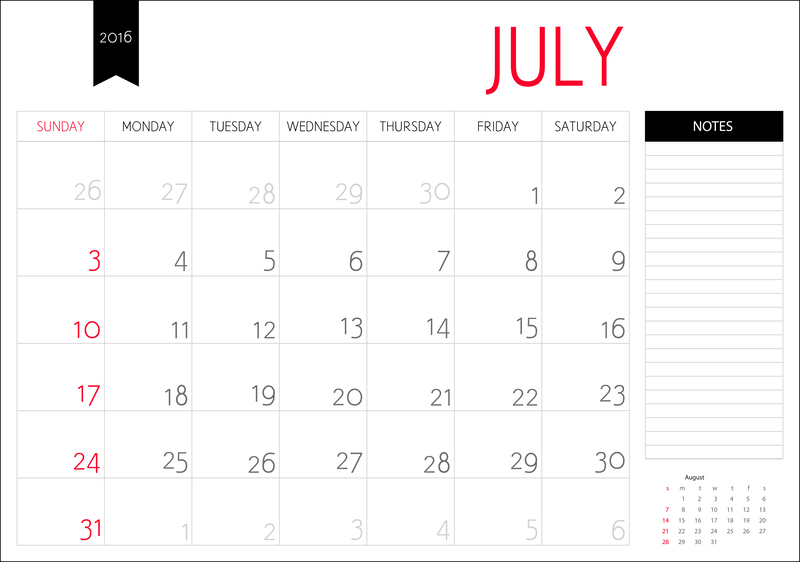Packing Demystified: A Smooth Transition to Your New Home
Posted on 18/05/2025
Packing Demystified: A Smooth Transition to Your New Home
Moving homes marks an exciting new chapter, but the process of packing up your life can be daunting. Successfully transitioning to a new place hinges on perfecting the art of packing. Whether you're a first-time mover or a seasoned renter, understanding packing strategies can make your move stress-free and efficient.

Understanding the Importance of Efficient Packing
Packing might initially appear as a simple box-filling task, but optimal packing is an essential element of a successful move. By demystifying packing, you'll save time, protect valuables, and minimize stress.
- Reduces moving costs by optimizing box usage.
- Prevents damage with proper packing techniques.
- Eases unpacking and settling into your new home.
Why Poor Packing Leads to Headaches
A rushed or poorly planned packing process often leads to broken items, disorganization, lost valuables, and unnecessary frustration on moving day. Investing in packing knowledge pays off tenfold once you arrive at your new home.
Step-by-Step Guide to Packing Like a Pro
1. Start Early and Make a Plan
The most seamless move begins weeks in advance. Create a packing timeline to pace yourself, focusing on one room at a time.
- Begin packing non-essential items 3-4 weeks before your move.
- Identify high-priority and daily-use items to be packed last.
- Develop a to-do checklist for each room to stay organized.
2. Declutter for a Fresh Start
Moving provides the perfect opportunity for a clean slate. Declutter your belongings before packing--this reduces your load, simplifies unpacking, and ensures you don't carry unnecessary baggage into your new home.
- Sort items into keep, donate, sell, and discard categories.
- Host a garage sale or use online platforms to sell unwanted items.
- Donate gently used goods to local charities.
3. Gather the Right Packing Supplies
Proper materials make all the difference when preparing for a move. Invest in quality supplies to safeguard your possessions:
- Sturdy moving boxes in various sizes.
- Bubble wrap, packing paper, and tissue for cushioning.
- Packing tape, scissors, and heavy-duty markers.
- Furniture covers, mattress bags, and stretch wrap for large items.
- Zip-top bags for hardware and small parts.
4. Packing Room-by-Room: The Ultimate Method
Focusing on one room at a time maintains order and boosts packing efficiency. This method prevents mixing items, which is invaluable when unloading at your new place.
- Start with storage areas (attic, garage, basement) that contain rarely used items.
- Follow with living rooms, bedrooms, and dining spaces.
- Leave kitchens and bathrooms for last to maintain daily living routines.
Expert Tips for Packing Like a Professional
Label Everything for Easy Unpacking
Clear labeling is crucial for a smoother transition. Write the room name and a brief description on each box. Numbering boxes and creating a master inventory list can further streamline the process.
- Use a labeling system: color-coded tape or printed stickers for each room.
- Highlight boxes containing essentials or fragile items.
Protect Fragile Items with Care
Every home contains breakables--dishes, glassware, artwork, and electronics, all requiring special attention. Here's how to ensure nothing gets lost in transit:
- Individually wrap items with bubble wrap or packing paper.
- Fill empty spaces with crumpled paper or towels to prevent shifting.
- Label boxes as FRAGILE and THIS SIDE UP.
- Use dish-pack boxes with cell dividers for plates and glasses.
Efficiently Packing Clothes and Personal Items
Clothing can be packed in various ways, depending on quantity and material:
- Keep clothes on hangers and transport them in wardrobe boxes.
- Roll clothing to maximize space and reduce wrinkles for folded items.
- Store shoes separately, stuffing them with socks or paper to retain shape.
Managing Documents and Valuables
Safe handling of important documents, jewelry, and sentimental valuables is vital:
- Pack passports, certificates, and financial documents together in a secure folder.
- Move jewelry and heirlooms yourself instead of letting movers transport them.
- Consider keeping valuables in a locked box or fireproof safe for transit.
Packing Hacks for a Smooth Moving Experience
Make Use of Suitcases, Bins, and Bags
Think beyond cardboard boxes. Use suitcases, duffel bags, laundry baskets, and plastic bins to save on moving supplies and make transporting heavy items like books easier.
Photograph Electronics Setups and Furniture Assembly
Snap quick pictures of cable connections, TV setups, and furniture assembly/disassembly. These visual references are invaluable when setting up your new home, saving time and frustration.
Keep Essentials Accessible
Pack an essentials kit with everything you'll need for the first few days in your new home:
- Toiletries and a change of clothes for each family member.
- Chargers, medications, snacks, and basic kitchenware.
- Important documents and keys.
Utilize Small Bags for Hardware and Accessories
Place screws, bolts, and small assembly parts in zip-top bags. Tape these bags to their corresponding furniture or appliances to avoid misplacing them.
Common Packing Mistakes to Avoid
- Overpacking Boxes: Heavy boxes are hard to move and often break.
- Neglecting to Label: Unlabeled boxes lead to chaos on moving day and during unpacking.
- Forgetting an Essentials Box: Not having quick-access items at hand can turn the first night into a hassle.
- Procrastinating Packing: Last-minute packing leads to poor organization and increased risk of damage.
- Ignoring Insurance Needs: Protect your valuable possessions by securing moving insurance.
Unpacking: Making Your New House a Home
Strategize Your Unpacking Process
Once you arrive at your new destination, it's tempting to unpack everything at once. Instead, follow these tips for a more manageable transition:
- Unpack the essentials box first for immediate needs.
- Set up bathrooms and beds for rest and comfort.
- Work through rooms systematically, mirroring your packing order.
- Break down boxes and clear clutter as you go for more space and peace of mind.
Reclaim Your Routine
Getting back into your habits quickly helps you acclimate. Focus on key areas first: kitchen (for meals), bedrooms (for rest), then living spaces.
Bonus Section: Environmentally Friendly Packing Tips
- Re-use Boxes: Collect boxes from friends, local stores, or online marketplaces to reduce waste.
- Eco-friendly Protective Material: Use towels, blankets, or biodegradable packing peanuts instead of plastic bubble wrap.
- Recyclable Tape: Opt for paper-based packing tape over standard plastic ones.
- Return or Donate Used Materials: After your move, gift or recycle your supplies for a greener transition.
Frequently Asked Questions About Packing and Moving
How early should I start packing for a move?
Ideally, begin packing four weeks before your moving date. Early planning ensures a stress-free transition and provides ample time to organize and declutter.
What is the best way to pack fragile items?
Use bubble wrap, padding, and special dish-pack boxes for fragile items. Wrap each item individually, fill empty spaces, and label the boxes as fragile for careful transport.
How can I keep my move organized?
Make a packing checklist, use a numbering & labeling system, and keep a master inventory. Pack by room and document the contents for each box, ensuring organization from start to finish.
Should I hire professional packers?
If your schedule is tight or you have many valuables, professional packers offer efficiency and expertise. However, with planning, a DIY move is completely manageable and can save costs.
What are the most commonly forgotten items during a move?
- Documents in drawers and safes.
- Hidden valuables and jewelry.
- Garage and attic items.
- Charger cables and spare keys.
- Bathroom necessities left behind during last-minute packing.

The Ultimate Packing Checklist for a Smooth Move
- Confirm moving date and arrangements
- Collect packing supplies
- Declutter and sort items
- Secure moving boxes: various sizes, wardrobe boxes
- Gather protective materials: bubble wrap, packing paper, blankets
- Label boxes clearly and consistently
- Disassemble furniture as needed
- Pack room by room, prioritizing non-essentials
- Photograph setups and bag hardware
- Prepare an essentials box for first-night comfort
- Arrange for storage or moving help if required
Conclusion: Embrace Your Journey with Confidence
Moving to a new home symbolizes growth, excitement, and new beginnings. By demystifying the packing process, you set yourself up for a stress-free, smooth transition. With preparation, organization, and a few pro tips, you can enjoy the journey--not just the destination--making your move memorable for all the right reasons.
Ready for your next big adventure? Start packing today, and turn the key to your new home with confidence!





